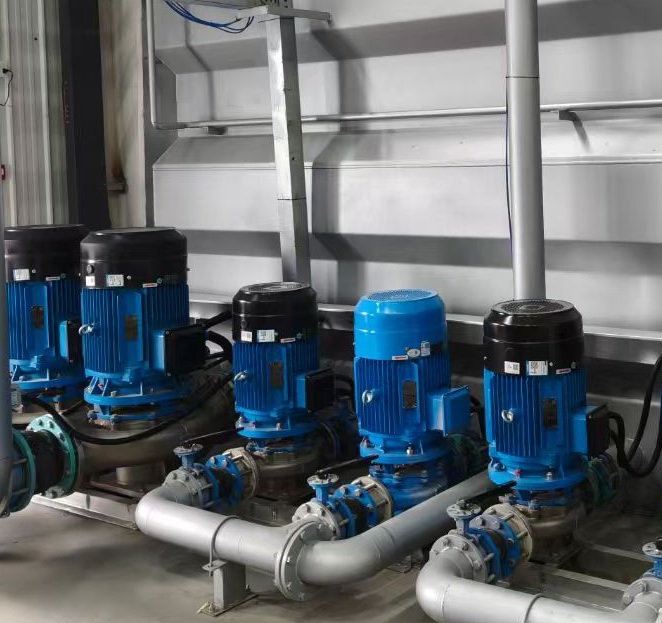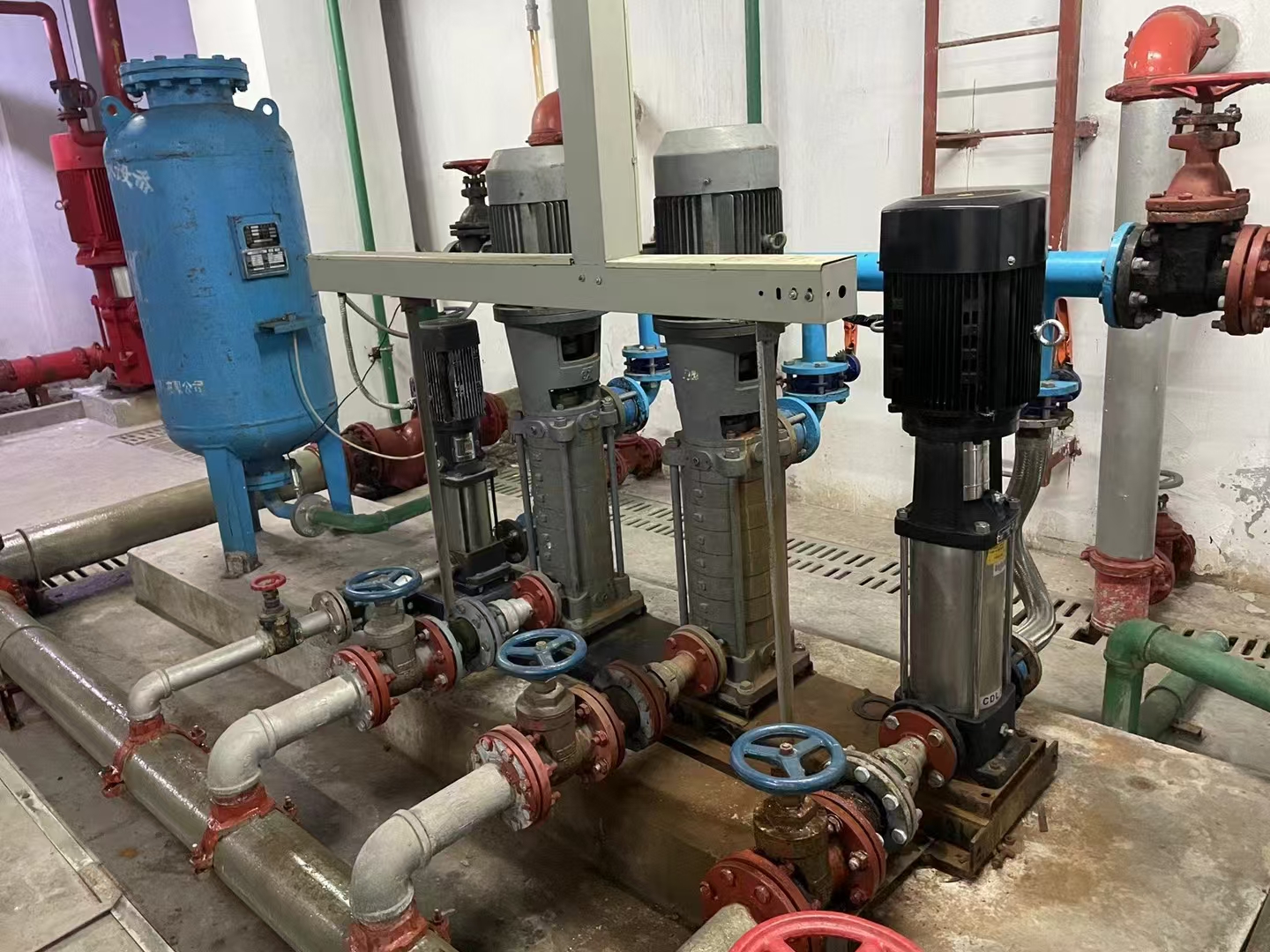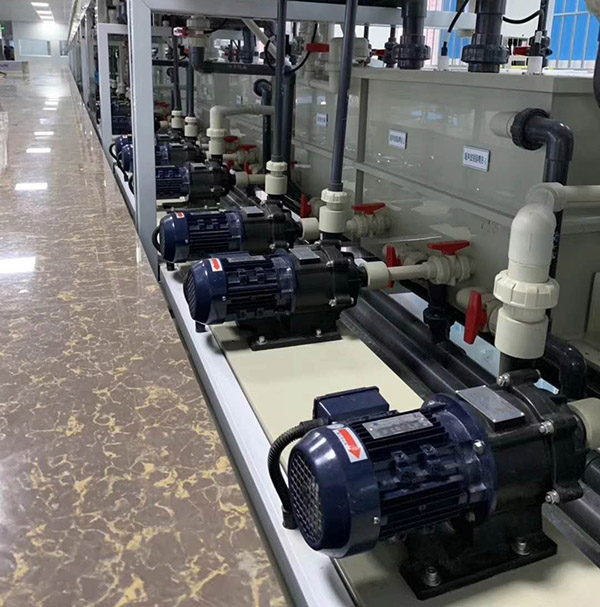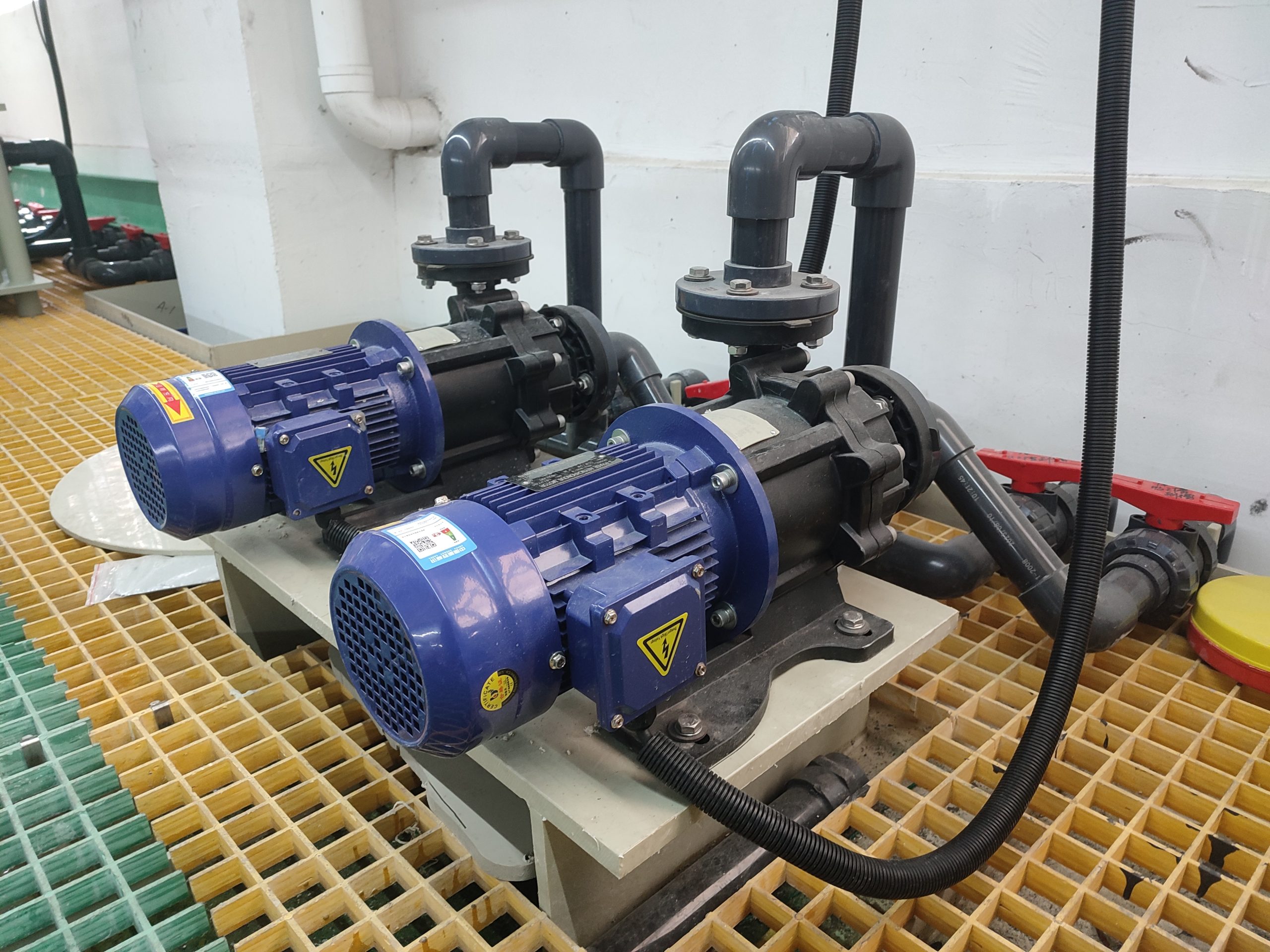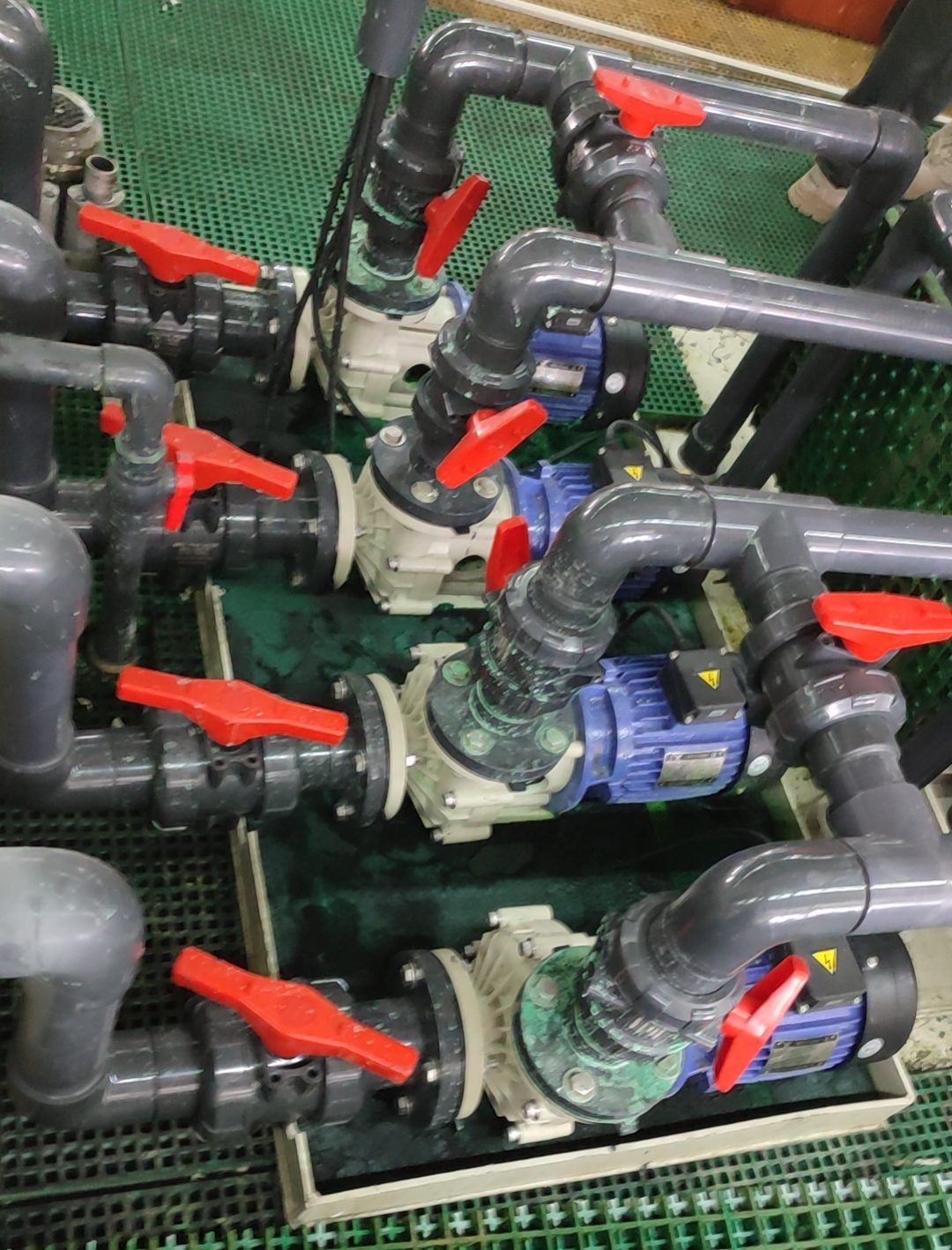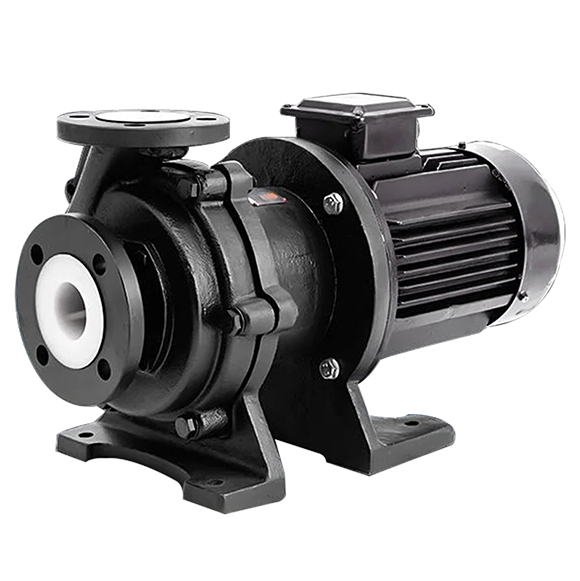Magnetic drive pumps are widely used in chemical, pharmaceutical, and industrial applications due to their leak-free design. A key component ensuring this performance is the isolation sleeve, which separates the pump chamber from the external environment while transmitting magnetic torque. Understanding its function and selecting the right material is critical for pump reliability and longevity.
1. Functions of the Isolation Sleeve
The isolation sleeve in a magnetic pump serves several essential purposes:
Liquid Sealing and Isolation
Completely separates the pumped fluid from the external drive system.
Prevents hazardous or corrosive fluids from leaking, ensuring operational safety.
Magnetic Torque Transmission
Allows the motor-driven magnetic rotor to transmit torque to the pump-side rotor without direct contact.
Must be non-magnetic to avoid interference with the magnetic coupling.
Mechanical Protection
Supports radial and axial loads from the pump shaft.
Protects magnetic components from direct exposure to corrosive liquids.
Helps accommodate thermal expansion, preventing misalignment or decoupling of magnetic rotors.
Corrosion and Wear Resistance
Must withstand chemical attack from aggressive fluids over long-term operation.
Must also resist wear and friction in high-speed pumps or abrasive media.
2. Common Materials for Isolation Sleeves
Selecting an appropriate material depends on corrosion resistance, mechanical strength, temperature tolerance, and magnetic permeability. Common materials include:
| Material | Characteristics | Typical Applications |
|---|---|---|
| Stainless Steel (304/316L) | High strength, wear-resistant, moderately corrosion-resistant | Water, oil, mild acids/bases |
| Hastelloy C | Excellent chemical resistance, high-temperature tolerance | Strong acids, chlorine, nitric acid |
| Titanium (Ti) | Superior corrosion resistance, lightweight | Seawater, chloride-containing fluids |
| Fluoroplastics (PTFE, PFA, FEP) | Chemically inert, corrosion-resistant, low friction | Strong acids/bases, organic solvents, temp ≤ 150°C |
| Ceramics / Composite Materials | Extremely wear-resistant and corrosion-resistant | Abrasive fluids, slurry applications |
3. Material Selection Guidelines
Corrosion Resistance First
Aggressive chemicals require fluoroplastics or Hastelloy.
Mild liquids may use stainless steel.
Temperature Compatibility
Fluoroplastics generally withstand temperatures up to 150°C.
High-temperature applications require metals or high-temperature alloys.
Mechanical Strength and Pressure
High-pressure or high-flow pumps require strong metal sleeves.
Low-pressure small pumps can use plastic sleeves.
Magnetic Transmission
Materials must be non-magnetic to ensure efficient magnetic coupling.
Stainless steel 316L, Hastelloy, and titanium are suitable.
Wear and Abrasive Media
Pumps handling slurry or particulate fluids need wear-resistant materials such as ceramics or metal composites.
4. Summary
Function: Isolates liquid, transmits magnetic torque, protects magnetic rotors, and resists corrosion and wear.
Material Selection: Based on fluid corrosion, temperature, pressure, magnetic requirements, and wear conditions.
Common Choices: PTFE / PFA / FEP, 316L stainless steel, Hastelloy, titanium, and ceramic.
💡 Tip: For highly corrosive chemical applications, fluoroplastic sleeves are preferred. For high-pressure or large-flow pumps, metals or composite materials may provide better mechanical strength while maintaining corrosion resistance.


